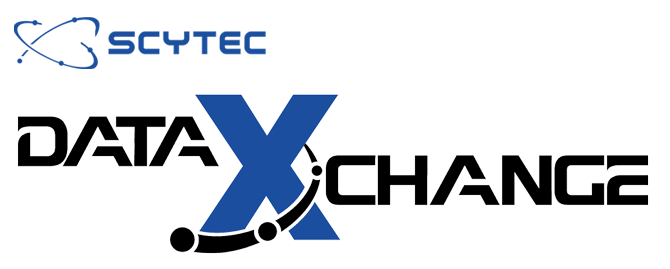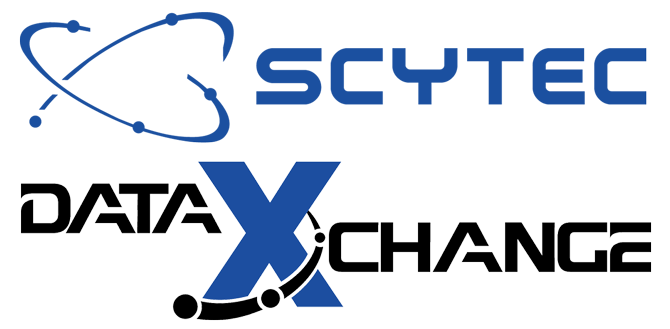Automated Data Collection in Manufacturing
Successful manufacturers become and remain successful by finding and driving out waste. As practitioners of Lean Manufacturing know, waste takes many forms, but it’s hard to always know where to look for it. Possibly the best tool to use is machine monitoring and Overall Equipment Effectiveness (OEE). By providing information about what’s happening on the factory floor OEE highlights inefficiencies and helps management prioritize improvement efforts. The challenge is finding an automated data collection and machine monitoring solution to gather that downtime and raw OEE data.
DATA-DRIVEN IMPROVEMENT
There are 10,080 minutes in a week. Do you know what your machines are doing during each one? Unless you have a machine monitoring solution such as Scytec DataXchange in place, probably not. Yet that’s the data you need to uncover and drive out waste.
Ideal operation times can be imported or pulled automatically with ERP integration. Part counts can be collected manually or automatically, depending on the machine and the process. Automatically monitoring the overrides helps ensure the machines run at the desired rate. What you don’t have is any information about when and why the machine wasn’t producing for periods of time, yet that’s what you need to know. Was the machine being changed over to a different product? Was it waiting for material or an operator? Was the machine down for maintenance, and if so, planned or unplanned?
If lack of capacity is the issue bottleneck operations are an obvious place to focus, but they’re not always easy to spot. And when you do find one you need to understand what’s happening when it’s not producing. Knowing what to address takes accurate data. Scrap rates, micro-stoppages, problems upstream and operator absences are just a few of things you need to know about. But how do you collect that data?
CAPTURING MACHINE PERFORMANCE DATA
Sometimes management will station an observer at a bottleneck and have them log every event. It’s an expensive stopgap measure, and the data it yields is of questionable quality. Did the observer really understand and correctly record every single stoppage? Was output lost due to quality defects counted? Is the ‘Observer effect’ in play, in which the result changes because the subject knows they are being watched?
Random activity sampling is another technique that dates back to the Time and Motion Study era. It takes time and the information gathered lacks fine resolution and is subject to misinterpretation and bias.
Newer and better solutions have production workers log events by scanning barcodes or entering data via tablets such as the Scytec DataXchange Operator Data Interface. These solutions are great for data that must be manually entered, but they shouldn’t be used for data that can be automatically collected. There is a better machine monitoring method.
AUTOMATED MACHINE MONITORING
The problem is well-known, and conceptually, the answer is straightforward. Just have each machine report its status. The challenge has been to make it happen.
FANUC controls have FOCAS, which is a proprietary protocol that can be used to collect data from the equipment. Two standard technologies have emerged to address the proprietary nature in manufacturing; OPC UA and MTConnect.
OPC UA, (the UA stands for Unified Architecture,) is a framework that enables communication between shop floor equipment such as PLCs and PC’s, regardless of vendor. MTConnect is another approach, and one adopted by many machine builders, integrators, and end-users. Each standard has different advantages and disadvantages, both OPC UA and MTConnect provides a way for machines from different vendors to communicate status information for data collection and machine monitoring purposes.
These interfaces make it relatively straightforward to implement automated data collection. All that’s required is a physical infrastructure, wireless, or more often, wired, and a software product such as Scytec DataXchange to collect, analyze and store the data. But what of older machines? Many manufacturers operate legacy equipment which date back 20 years or more. How do they get information from these machines?
There are options. At times serial protocols such as RS232 can be utilized, but typically the equipment can be fitted with a hardware module to collect data and provide communication. At Scytec this is called a “Status Relay Controller” or SRC. An SRC takes voltage and current signals from devices like stack lights, relays or proximity sensors and converts them into information about part count, cycle time and so on.
TURNING DATA INTO INFORMATION
Having captured data about what each machine is doing, what do you do with it? There are two points to consider. First, to be useful, in terms of minute-to-minute decision-making, it must be timely. Second, it needs a high level of granularity. Lacking these, while you may discover that a machine spent 15% of the hours available last month waiting for material, it’s of little more than historical value. Conversely, knowing that a machine is waiting for material right now is an opportunity for action that can directly benefit the bottom line.
With an automated machine monitoring solution in place that provides real-time data in fine detail, the next challenge is turning those numbers into information. The right software product will have a powerful and configurable dashboard that displays graphs and pareto charts so managers can prioritize and take appropriate actions. However, as every shop floor is different and each department has different needs, the dashboard must be highly customizable to be useful to all stakeholders. Mobile access is increasingly important, as is the ability to draw data from multiple sites.
MACHINE MONITORING PRODUCTS ARE NOT ALL THE SAME
Not every machine monitoring solution has these capabilities. In addition, it’s critical to recognize that the needs will change over time. That’s why it’s very important to not only define requirements and understand the functionalities needed, but to have a very flexible system that can grow with the business requirements. A product such as Scytec DataXchange will help you identify and drive out waste. The wrong product will continually provide a lot of cool charts that simply show that targets were missed.


